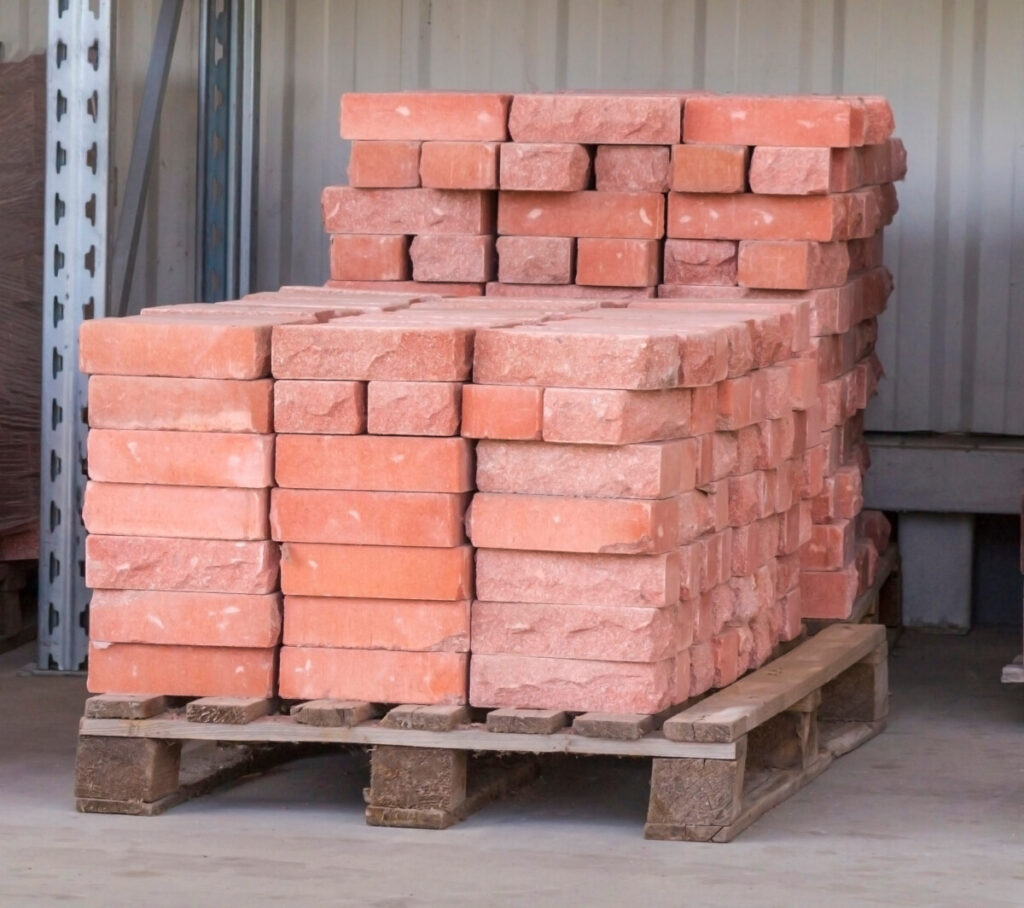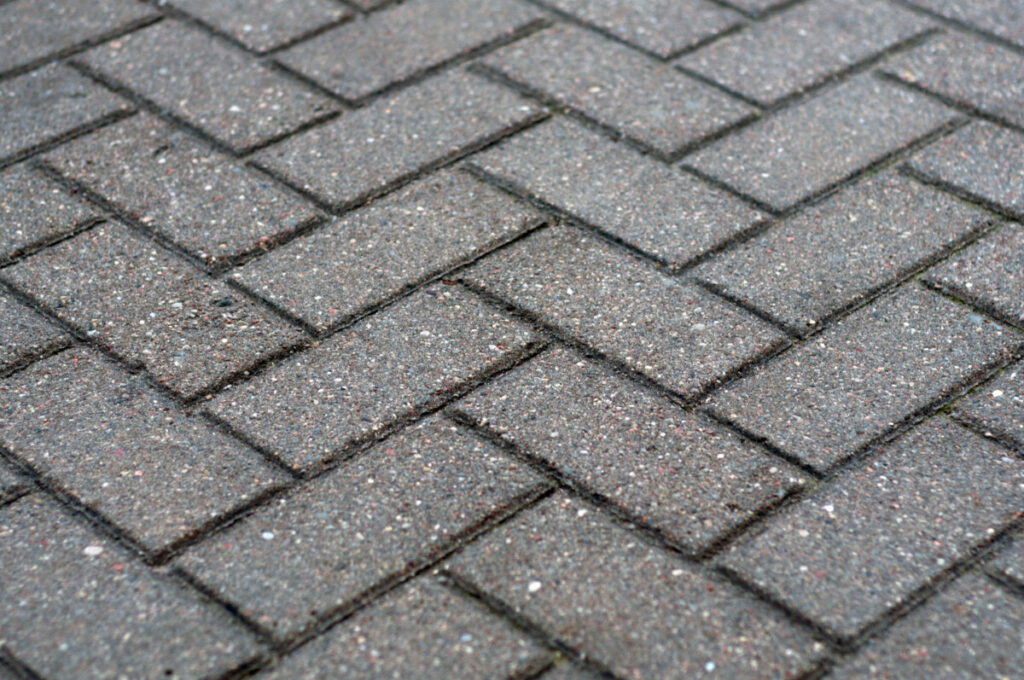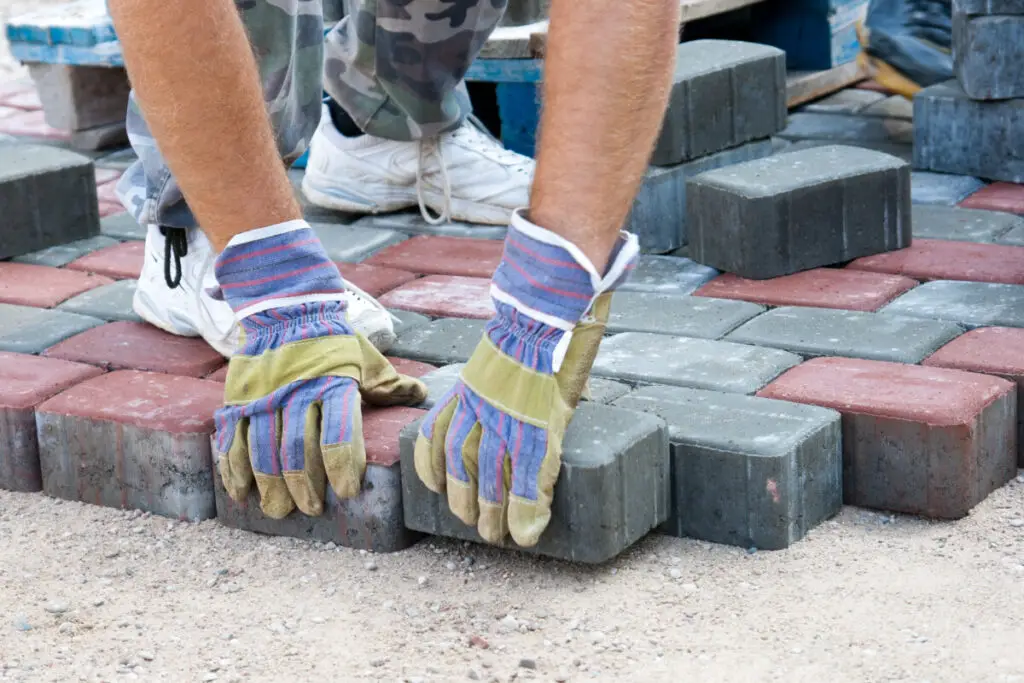Whether refurbishing or remodeling a home, many people haven’t even considered brick flooring and that can leave many people at a loss. Brick flooring has both its drawbacks and its benefits. But the main question is how much brick flooring costs?
Brick flooring itself is around $5 per brick or about $11 per square foot. The cost per sq/ft is between $3 to $11 for most installations. This is subject to change according to the area and the contractor which you use. Of course, the type and pattern of brick installed will change the cost.
To understand these, we’ll delve deeper into what can alter the base cost and what other elements you’ll want to consider when choosing brick flooring.
By the way – before we get too far along here, if you want to connect with other homeowners and builders and get more great ideas for your home to make your space the best join my free private Facebook group, Remodel Reality here.
Contractor and Provider
The cost of bricks will be different according to what area you come from and choose to have the bricks provided by, it’ll change how much they cost and what you’ll end up paying. You’ve got many types of bricks to choose from as well, and that will play a part in it that we’ll explore later on.
As for the bricks themselves, they’re usually sold by unit, which in this case is the bricks. Or by the square feet they’ll be covering. For most bigger jobs, it’s always good to know how many bricks are in a pallet so you can make sure your order is right and your delivery is handled correctly.
The hard part of any kind of job like this is that it is very much up to change on the market, the supply and demand of the bricks as well as how easy it is to get those items.
Search up in your area what contractors and bricklayers are available and then go from there. You’ll want to see what providers there are as well in case the contractors only do installations. Always do your research on the companies you choose and you’ll have a much easier time of it.

Installing Options
There are two different installation options and all impact how much brick flooring costs. There is the self-installation and the contracted installation. Each has its own pros and cons, but being aware of both will help you decide what you’ll lean towards when potentially putting in a brick floor.
Self-Installation Installing a brick floor by yourself can be tricky. Besides the initial cost of the bricks, the amount you spend will mostly consist of the supplies and time you’ll take to learn how to lay bricks properly. There will be a process and it might not look as good as if a contractor were to do it. But you’ll have picked up a pretty sweet skill and in the long run, it could be cheaper.
The supplies you’ll need are tile mortar or adhesive so that the bricks stick together, sanded grout, preferably with polymer for the grout lines, a notched trowel for spreading the grout and tile adhesive/mortar, a grout sponge, and a bucket for rinsing off things as you work. You’ll most likely have to look up several how-to’s as well.
Contracted Installation Contractors will often sell and lay brick as part of the contract. It is hard to determine exactly how much the contractor will charge you for an installation since you’ll be working with a variety of different spaces. You’ll want to ask for a quote on how much they’ll charge you before you settle on one. Find a contractor you trust, whose price you feel is fair, and then go from there.

Patterns and Types of Brick
There are several different types of patterns you can lay your brick flooring in. There are a large variety of them and most more complex designs will take more time, especially if any brick has to be cut in special ways to make it work.
Most bricks are known as brick pavers, instead of just bricks. Those are the ones used on flooring. There are also different types of bricks, but the most common and prevalent is the red brick. Made out of clay and is probably the most common. It is durable, cheaper, and more consistent than other brick types. However, other brick types do exist. A recent exploration is that of recycled bricks, which are made either of plastic and sand melted together or they’re just old bricks that might have been cleaned up a little to use for afterwards.
There are a variety of patterns you can lean into and definitely several you should look at before you decide on any one design. The complexity thereof will most definitely have an impact on how long it will take to lay down. If it is a more complicated lay, the contractors might charge extra since a regular plain old front-to-end bricklaying is pretty standard and can be estimated according to the square feet of the space. But if it takes time to put in the correct pattern then that is more of their time spent on your floors. The same logic applies if you were laying your own brick. It’ll take time to lay it out correctly and not mess up, and potentially have to buy more.
The most popular brick patterns are the running, which is typically what you see, or the herringbone, which can be at ninety degrees or forty-five degrees for added variation.
Upkeep Afterwards
The upkeep afterwards for the flooring still has an impact on the costs. Depending on your area, the possibility for damage after installation can change drastically. The most common damage is water damage underneath the bricks and in between the subfloor and the bricks. When you have a brick wall or slanted brick flooring, that doesn’t have as much of an impact, but seeing as this is flat and level flooring, it can negatively impact your flooring in a variety of ways, in the end potentially costing you and forcing you to redo the entire floor.
Some of the pros and cons of brick flooring are that it doesn’t have as much maintenance as you might think. You can mop it just the same as a tile floor, and sweep it. However, you might want to lay down rugs to give it a warmer overall feeling. It might also look dirty if you have no finish on the bricks and that might take away from your aesthetic.
Next Steps
Want to join others who are creating the most amazing home redesigns & renovations and get more tips, tricks and hacks on how to make your home the best it can be?
Join my brand new free private Facebook group, Remodel Reality to connect with other people like you to make your space the best!






